Super technical, yet beautifully elementary.
Let’s Talk Filtration!
Discover
Many distilleries on all four corners of our fiery, lush green Earth often showcase the fact that their whiskies are non-chill-filtered (NCF) or un chill-filtered – You’ll mostly see these words written on the front labels of bottles and/or on the packaging, and although it’s a welcome outcome for reasons we’ll discuss shortly, don’t be side-tracked into thinking that because a whisky is non-chill-filtered, that it has had NO filtration at all. This couldn’t be further from the truth, with the consequence being a possible lack of transparency that these three words suggest.
Why you may ask?
It’s because most whiskies need some kind of filtration to make sure we’re not chewing pieces of char or wood. There are some quirky and left field, experimental examples out there that run against the grain, especially in Australia leaving some floc haze/pieces of sediment/charcoal (often called dregs/flocculation) at the bottom of the bottle that was left in the vessel when filling. There are also some half a dozen filtration methods distilleries can use other than chill-filtration and it should be duly noted that other than barrier filtration, none of the other techniques are as brutal on the whisk(e)y as chill-filtration is.
Let’s start by mentioning that alcohol/whisk(e)y makes for the perfect silent-companion only speaking in soft, carnal tongues of colour, body, flavour and finish. This is due to the spirit’s ability to lock in beautiful and complex aromas with a liquid-velvet mouthfeel for all our enjoyment. When it comes to chill-filtration however, the producers are effectively forgoing quality and complexity for aesthetically pleasing, uniform whisky.

Large-scale brands use chill filtration and then colour their whisky with E150 caramel (a conversation for another day) so the millions and millions of bottles they export each year remain consistent in colour, look and clarity – these brands never mention that their whiskies are chill-filtered with added colour because under the current Scotch Whisky Association (SWA) laws, they’re not required to, as full disclosure isn’t necessary. For example, if a Scottish whisky label doesn’t say “non-chill filtered,” that doesn’t mean that the whisky is chill-filtered. It’s up to the individual distillery to choose whether they want to include these words or not. It would be a welcome day when the SWA enforce distilleries and independent bottlers to clarify the exact filtration regime used when bottling their whiskies.
Then, when it comes to Australian whisky, the dogma is quite blurred and that can be a dangerous thing. When you rely on individual interpretation of the rules, which are lacking, it seldom ends well. A good example is the social media furore that followed (and rightly so) after a distillery in Australia (and others) were promoting their non-whisky product as “Single Malt” – lots to break down there which is again a conversation for another day……. Bodies like the Australian Whisky Association (AWA) and others are currently working hard to nail down a clear set of rules and principles in all aspects of Australian whisky, including filtration.
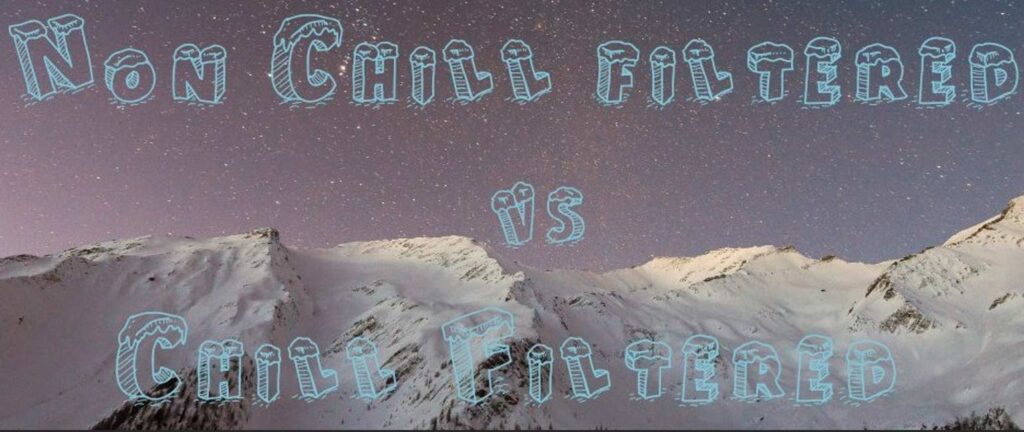
Non-Chill Filtered vs Chill Filtered
The process of chill-filtering has been around since the late 1800’s and was first recorded in 1933 by The Distillers Company Ltd. (a leading Scottish drinks and pharmaceutical company and, at one time, a constituent of the FTSE 100 Index) who refined the process as pioneers in the field, and by the early 1970’s, chill filtration was widely adopted by the Scotch whisky industry in their blends and standard strength whiskies.
A significant number of moons ago when many of us started drinking whisk(e)y, if we picked up a bottle that was cloudy and/or had tiny little floaties barely visible to the human eye present, we would have thought the whisky was somehow tainted and moved along…… my, how things have changed with time, passion and ever-evolving palates. 😉
Chill filtering can be an arduous and quite expensive task for big-batch, large format brands who choose this technique for bulk bottlings generally below 46% alc, hence trading depth and mouthfeel for aesthetics and purported elegance. The process of chill-filtration is performed the way it sounds, by lowering the ambient temperature of the whisk(e)y from approx. 18-22 degrees Celsius to several degrees below freezing or up to approx. 4 degrees Celsius. At this cooler temperature, the whisky is still liquid, however with water, the haze/floc-producing compounds (affectionally known as ‘The Scottish Mist’) such as barley oils, proteins, fatty acids and their esters (from fermentation), and more complex congeners, all clump together.

The liquid and the clumps are then pumped under pressure through a pipe into a chamber where the whisk(e)y is passed through a series of strainers and absorption filters made of materials ranging from paper to metal, even ground down seashells, that traps all the aforementioned clumps from entering the bottle at a rate depending on the number of filters, the speed at which the whisky passes through them, and the pressure at which it’s filtered. This technique often corrupts the juice as all the compounds that make for a delicious and well-rounded whisky are essentially chill-filtered out of the final product by the filters in essence, producing a less complete whisky that looks uniform and pleasing to the eye.
It’s important to understand that whiskies from 40% ABV to 46% ABV (some distillers believe the threshold is slightly higher), almost always become cloudy on cold mornings and/or when water or ice is introduced. The haze doesn’t pose any hazards to those who drink it; however, distilleries almost always choose to chill filter these whiskies. There are exceptions to the rule – blends like Compass Box and a few others do not chill filter their whisky even though the ABV sits at 43% alc or thereabouts.
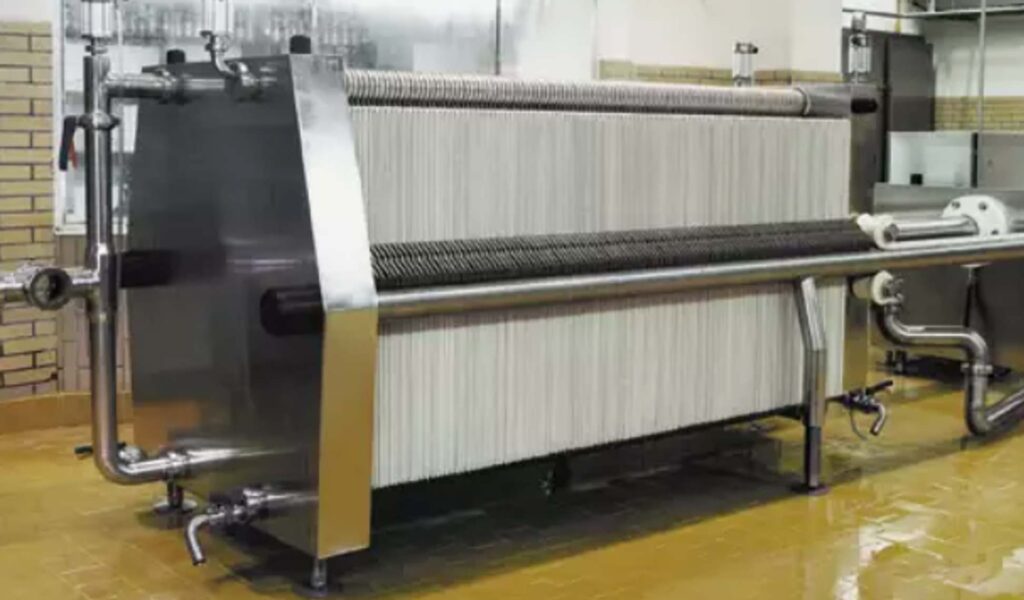
Chill Filtered Whisk(e)y examples.
There’s a gargantuan market for chill filtered whisk(e)y via beginners, passive consumers, the ‘occasional’ buyer, those who vote with their wallet and a good portion of ‘supermarket whisk(e)y’ patrons who purchase these blends as a mixer most the time. Blends like Johnnie Walker, Ballantine’s and Chivas Regal continue to kick goal after goal topping the lists of the Most Popular Scottish whiskies sold around the world in 2022/2023 once again. Relatively few smaller batch, Scotch whisky distilleries chill-filter whiskies over 46% ABV, and fewer still chill-filter above 50% ABV. In the U.S., however, larger distilleries like Jim Beam and Wild Turkey chill-filter many of their expressions, even those bottled at higher ABVs, while Michter’s chill-filters all of its whiskey, including those bottled at cask strength.
Barrier Filtration
Barrier filtering is a contentious topic and very similar to chill filtering; however, a smaller, non-industrial filtration machine is employed which again contains a variety of filters both fine and course. Barrier filtering is said to be almost as evasive as chill filtration. Although designed to remove compounds, specks of sediment, carbon, sawdust and possible flecks of hessian (if used) from the bung wrap, there’s not enough information available at present to definitely say that barrier filtration also strips the whisky of its natural oils and esters. So, generally we can assume that it isn’t full -scale chill filtration but a more simplified industrial procedure.
Ambient and Partial Ambient Filtration
Ambient temperature filtration is simply filtering the whisky without the chill.
This usually happens in winter time in Scotland when the dunnage warehouses drop down to 8 – 10 degrees Celsius. The motivation for this technique is character and cost effectiveness with studies demonstrating improved quality by avoiding the chilling step which can get super expensive in energy dollars. To get consistency of bottling in the cold of winter, distilleries have no choice but to copy the winter temperatures in the hotter months to maintain a consistent product.
Then you have Partial Ambient filtration which involves raising the temperature of the whisky and/or removing some of the filters from the filtration unit prior to bottling with the idea that most of the beautiful oils won’t get stripped out of the whisk(e)y. Fewer filters mean a faster process which distilleries see as a welcome boost to their bottom line.
Multi-Sieve Filtration
Now we’re getting somewhere – multi-sieve filtration is where you replace pushing the chilled whisk(e)y through a tube via high pressure into a box containing filters, by just pouring under gravity at room temperature. The whisk(e)y first travels through a really coarse sieve/strainer and then through a finer strainer and then finally through the finest of strainers. Basically, an industrially sized version of what you would use as a kitchen sieve/strainer at home. This is done at room temperature, with zero chill filtration.
Keeping things ‘simple’ makes it cost effective for the distillery and easier on the consumers wallet as we’re not paying for what’s often called “industrial cosmetics” (chill filtering, colour etc). Multi sieve filtration is said to be less evasive to the liquid allowing most of the ‘good stuff’ to travel through the filtration process in to the bottle.
Single Sieve Filtration - Straight from the Cask
The Holy Grail of natural, cask-strength whisky drinking. We employ this method of single sieve filtration for every bottle of Australian Whisky we bottle under our Truth and Consequence Independent whisky label.

From the above group of images we took while bottling our Aussie expressions, you’ll note that all we use is a simple steel sieve that you can hold in the palm of your hand to catch any pieces of wood or char from entering the bottle, and that is it! The sieve sits towards the end of the siphoning hose in a hard plastic pouch about a foot away from the bottle-filling equipment. As you can see from the images, miniscule flecks and char are caught by the sieve with all the beautiful compounds (explained earlier) entering the bottle, straight from the cask, with no added colour. It’s the purist form of whisky drinking available unless you’re at a distillery pulling whiskies out of casks with your trusty spirits thief.
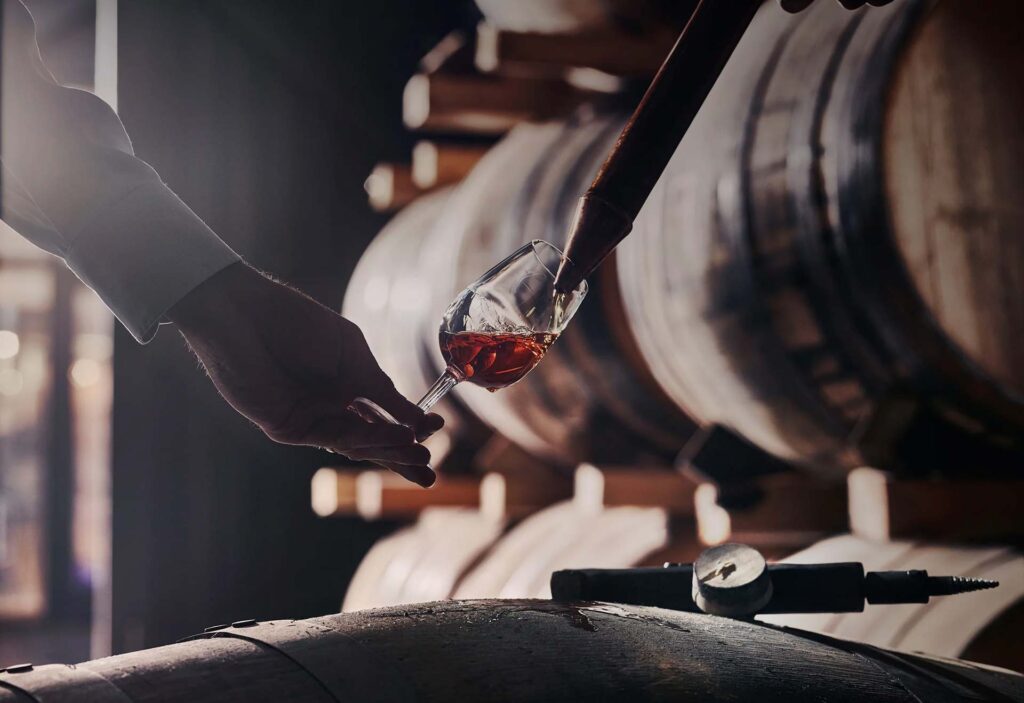
Final Thoughts
Although subjective, we believe chill filtration is detrimental to the spirit, removing the very DNA and true bones of each individual distillery that makes them who they are.
There are even more filtration methods at the distilleries disposal if they choose to use them, however, we decided to try and keep things as simple as possible on a subject that can be super technical, yet beautifully elementary. The bottom line suggests that when it comes to the seasoned whisky drinker, non-chill-filtered whisky with no added colour is the go-to way to imbibe this precious liquid that we’ve all come to enjoy.
Added Bonus
If you’re still reading, you’ve now official joined our whisky geek family and this writer thanks you for going the distance. The first 3 readers who shoot us an email have earned themselves a 15ml sample of Truth and Consequence ‘Spring Bay’ Apera cask single malt whisky weighing in at 65.8% alc. 😉
WOW – THIS OFFER IS NOW CLOSED. That didn’t last long. Congratulations to Steve, Noel and Leo who were the first 3 to shoot us an email – Your samples are on their way.
contact@truthandconsequence.com.au
